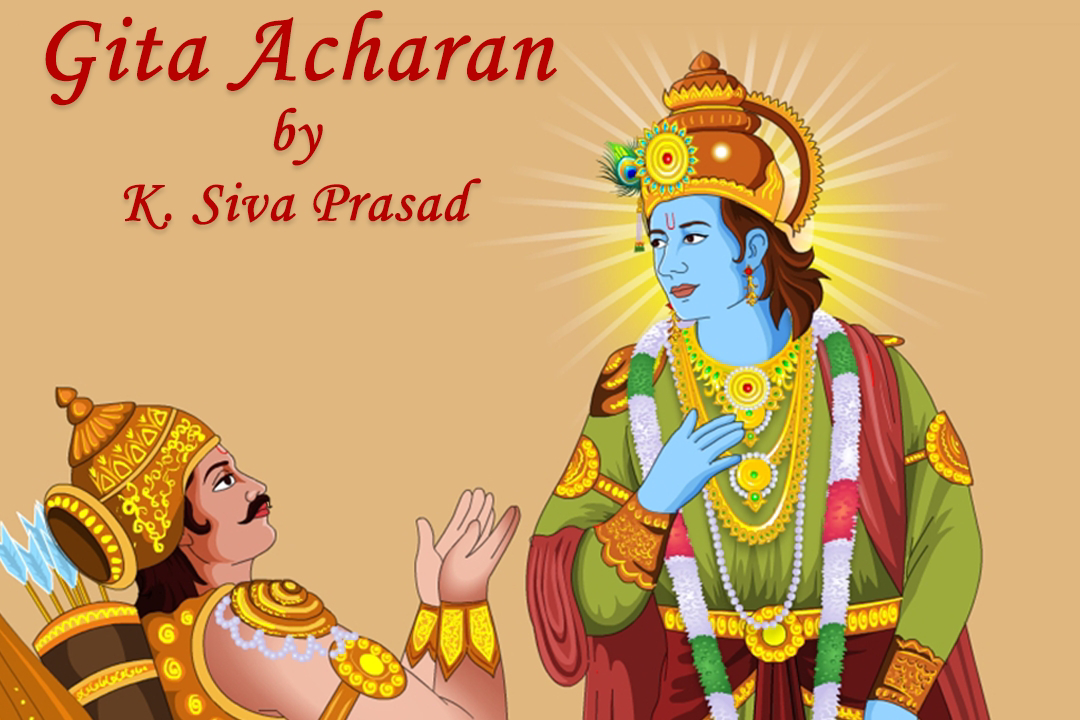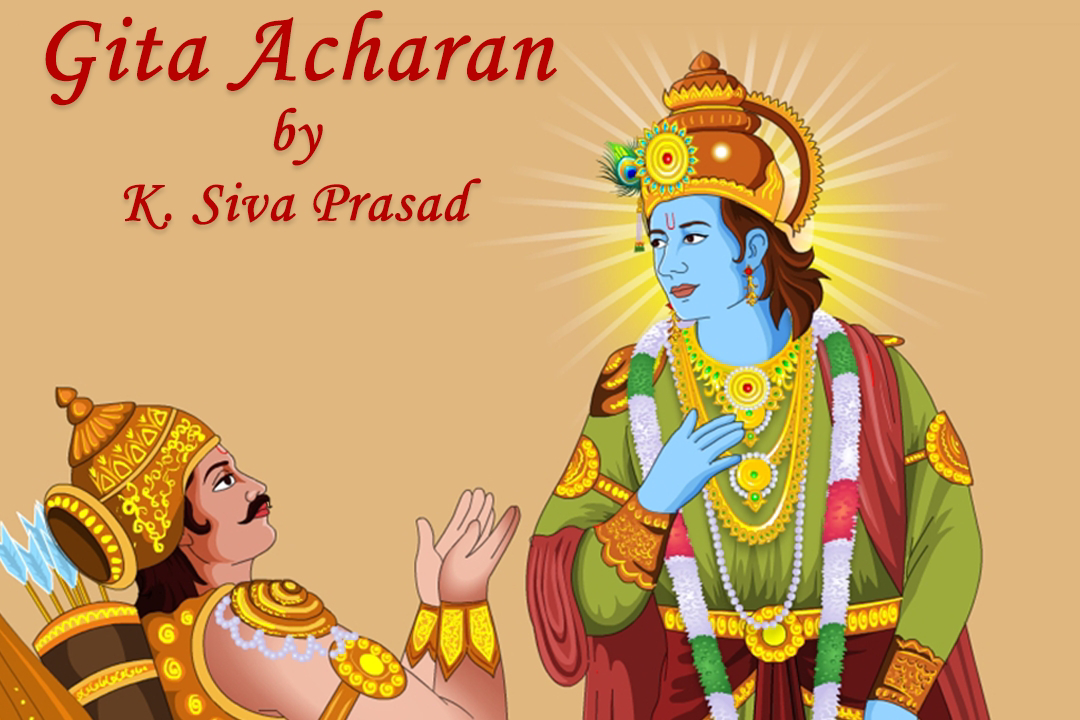35. Karma Yoga as a Way of Life.

Krishna says (2.47) that we have the right to perform our karma (action), but have no right over karma-phal (fruits of action). If one of our loved ones required surgery, we would look for a competent surgeon with character. His competence would ensure success of the surgery and his character would ensure that he wouldn't undertake any unnecessary surgery. In short, we are scouting for a surgeon who is a karma-yogi . The two takeaways from this situation help us understand the verse better. We expect all our service providers to be karma-yogis and that they should give us the best results that we can hope for. If we apply the same principle of samatva (equanimity) to ourselves, we too should be karma yogis while providing service to other people in our daily life. This verse says that we should do our best in everything that we do, in work as well as in our family affairs. Krishna, elsewhere in the Gita, assures us that small steps in the practice of karma yoga bri










